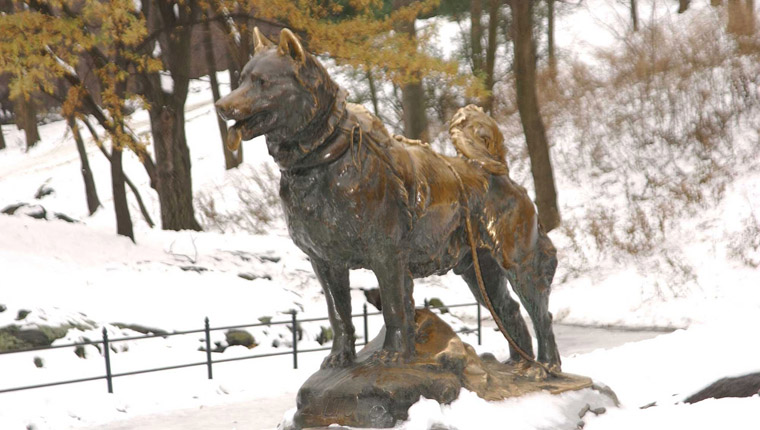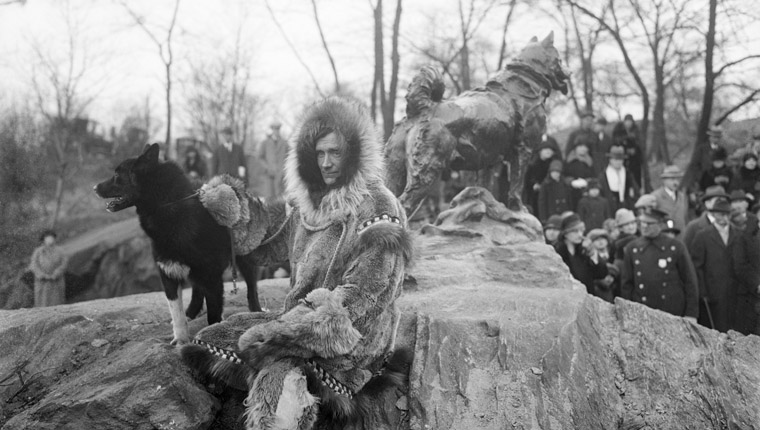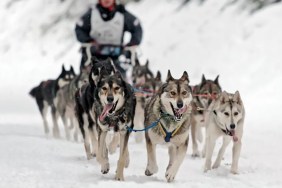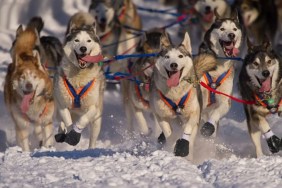Dogs have a special place in our hearts. However, some dogs also have a special place in history. Historical Hounds is a series that focuses on dogs marked down in history through notability or extraordinary behavior and accomplishments. Balto is one such dog who made an impact and deserves to be remembered.
You may have seen the animated Balto film, but do you know anything about the real dog named Balto?
Medicine was not always as easy to come by as it is now. In 1925, the city of Nome, Alaska was facing an epidemic of diphtheria. Because of the severe winters that Alaska faces, there was no standard way to get the medicine to Nome before it was too late. Roads and airports were all but useless with the ice and snow.
The only way to deliver the medication was a relay-style “race” against time; hence, Balto’s epic journey into history began.
The Real Story Of Balto The Wonder Dog
In what later became known as the “Great Race of Mercy,” twenty mushers volunteered to help transport the serum from the railroad station in Nenana to Nome — a total of 674 miles (1,084 kilometers) distance. To make matters worse, the journey needed to take place during the most deadly months of winter for the region.
Each team of mushers and their dogs had to traverse a portion of the trip. The medicine needed to change hands between the twenty teams over the course of the journey. The last participant of this relay was a man by the name of Gunnar Kaasen with his sled dog team, led by none other than Balto.
However, their journey wouldn’t be an easy one. A blizzard soon developed in their leg of the relay. Wind gusts of over 50mph with frigid temperatures threatened to end the journey early, as the weather impeded both safety and navigation.
The story then goes that Balto knew the way by instinct and lead the team to Nome. Whether that’s true or not, the fact remains that the people celebrated Kaasen and his sled dog team as heroes when they pulled into Nome, Alaska. They covered an estimated 53 miles in about 20 hours.
Balto wasn’t the only hero of the Great Race of Mercy, though. Another dog, Togo, and his team completed the longest leg of the journey by 200 miles. Many consider Togo to be the true hero of the story. However, all of the dogs who participated deserve to be celebrated and remembered for their heroism.
The trip was estimated to take a total of 13 days. Yet the sled dog teams miraculously completed it in seven!
Balto’s Legacy

At the time of the trip, Balto was a green sled running dog of about three years of age. He had virtually no experience as a sled dog. That he was able to lead a sled team under such gruesome conditions — instinctively or not — is, by itself, amazing.
Balto passed in 1933 at the age of 14, but he is far from forgotten. Children visit his memorial in New York City’s Central Park. A special exhibit in the Cleveland Museum of Natural History also tells the story of his bravery.
In 1995, Amblimation made a movie about the harrowing journey Kaasen’s dog team faced.
Did you know about Balto? Do you know of any other historical hounds worthy of mentioning? Let us know in the comments below!
Related Articles









